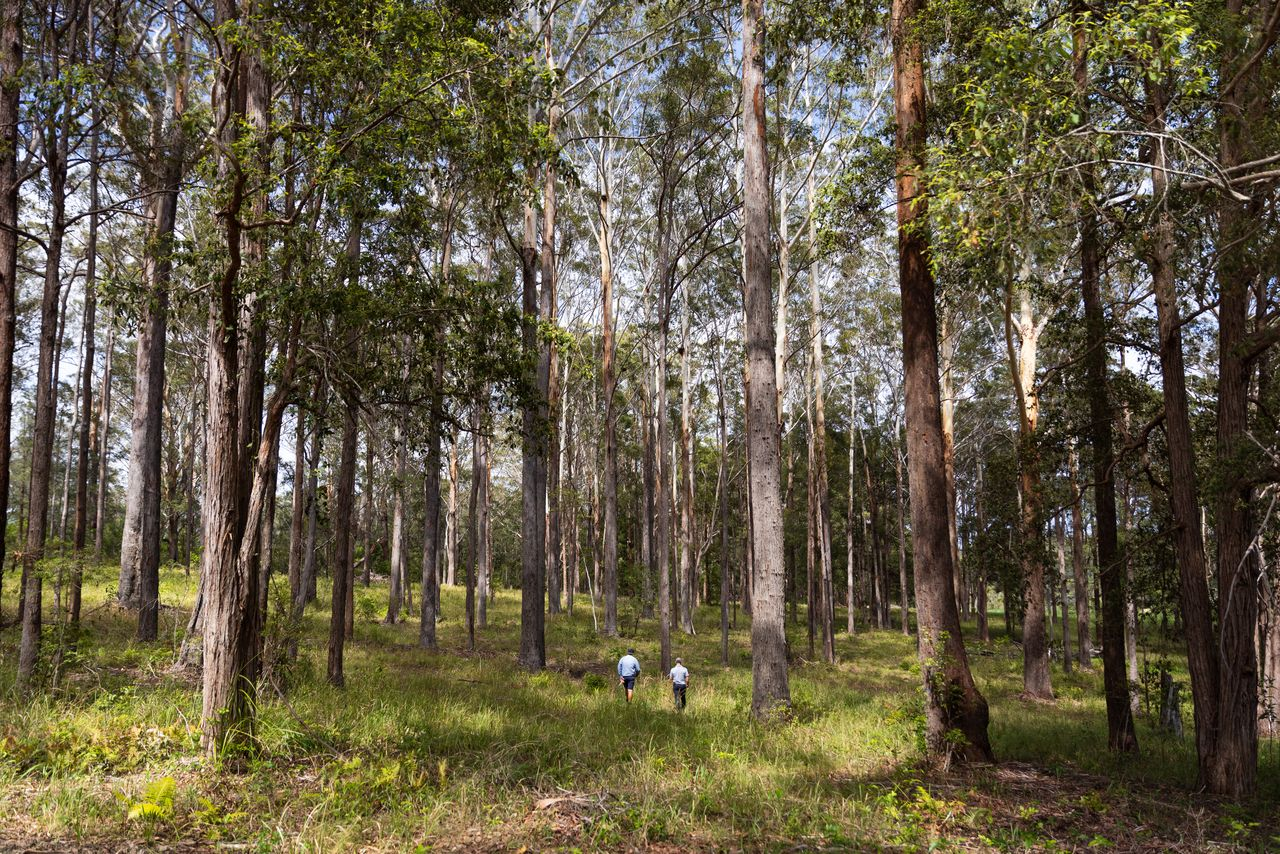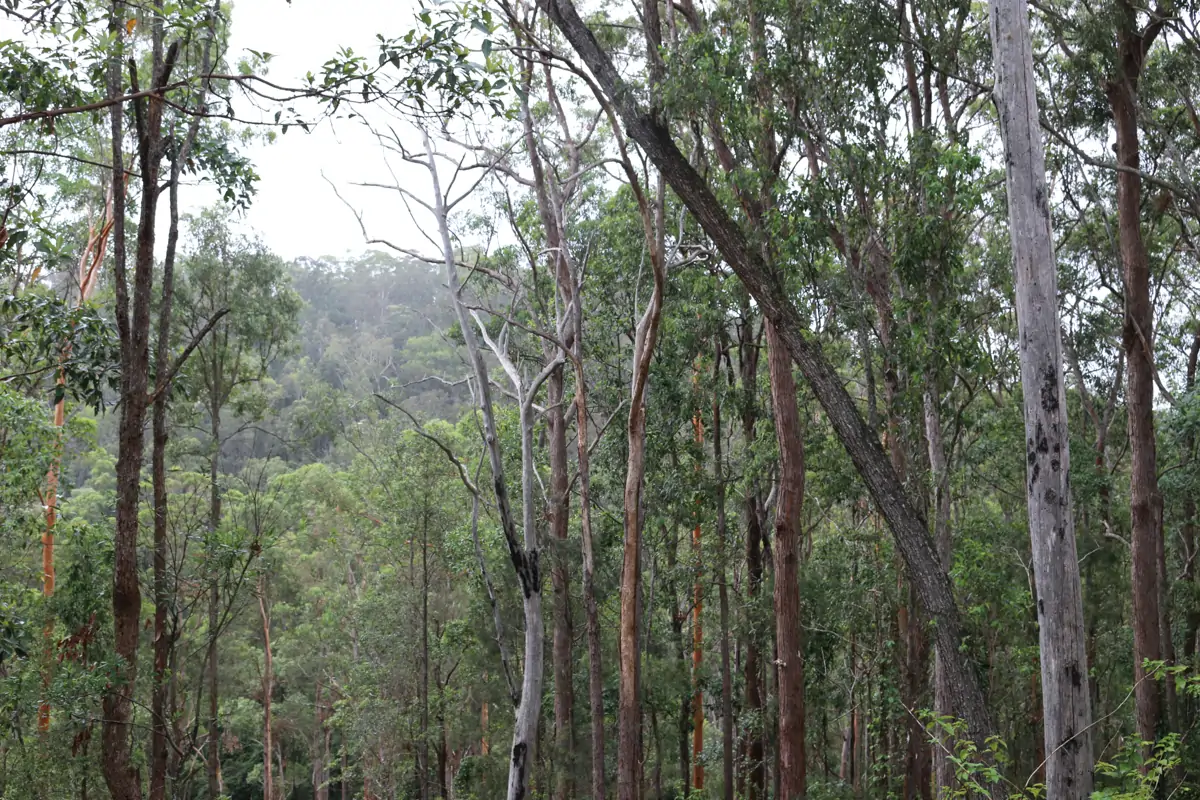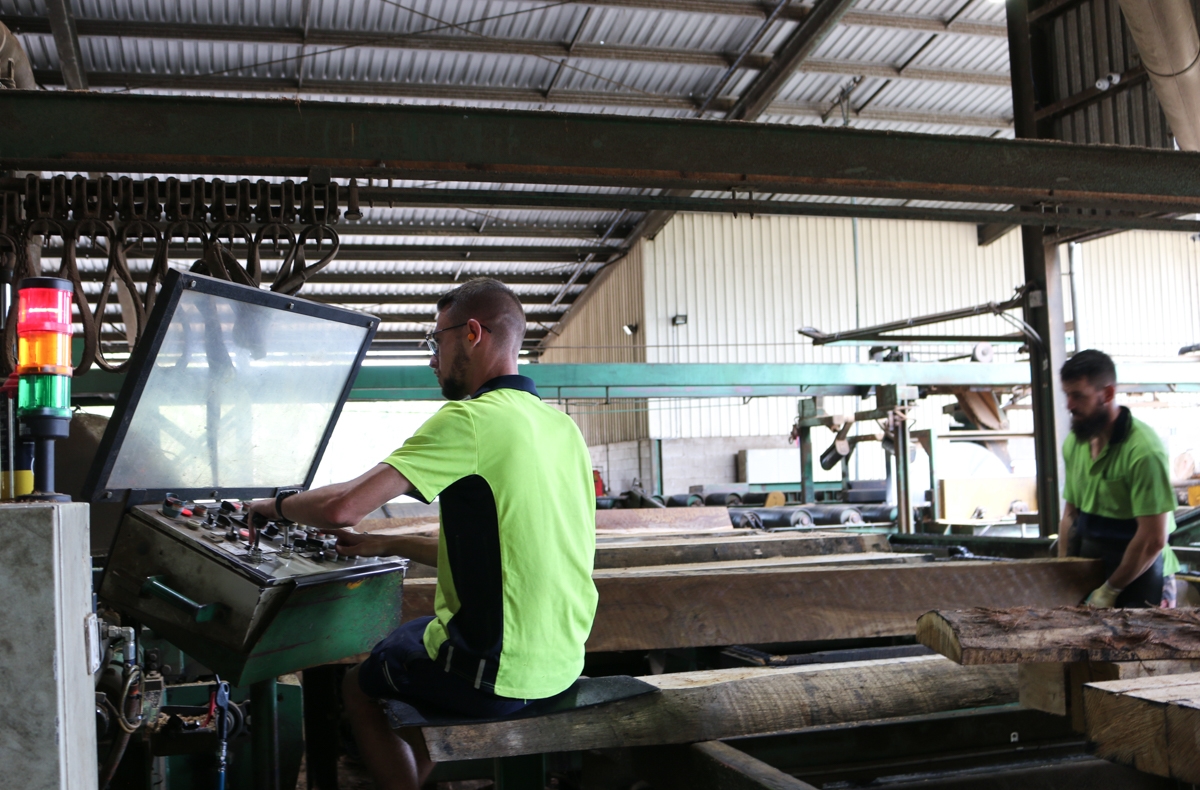Behind every sustainably managed forest are skilled logging contractors who make selective harvesting possible. They’re on the ground every day, applying knowledge built over decades to balance timber production with forest health, biodiversity, and long-term regeneration.
We took some time away from operations to chat with Garry, a logging contractor to Sustainable Forest Management, who has spent more than 45 years working in the bush. In this Q+A, Garry shares his story, busts some common myths about logging, and gives a first-hand look at how sustainable forestry works in practice.
Introduction
At 60, Garry has spent three quarters of his life working in the bush. Starting work as a log cutter at 15, it was 16 years ago that Garry decided to set out on his own and set up a business as a logging contractor.
Garry, what encouraged you to get into forestry?
Growing up on a cattle farm near Nowendoc in Northern NSW, where cattle and timber were the two main industries, forestry was always part of the landscape. From an early age I was surrounded by it; most days I could hear the loggers in the hills and the trucks rumbling past. Working with cattle was one path, but the pull of the forest was strong, and I thought I’d give it a go. I guess you could say it got in my blood.
What do you think are some of the misconceptions people hold about your role?
I find that most people who are against logging ignore the fact it is a renewable resource. If managed correctly, forests are regenerative. Trees always grow back.
Another misconception is that loggers are only in it for a pay cheque. The truth is, timber supports entire communities. It provides power poles for homes and businesses, railway sleepers for moving food and goods, sawn timber for building houses, and fibre for everyday products. A good example of how vital timber is came during the Covid lockdowns in 2020, when the industry was declared an essential service.
People also assume we just head into the bush and cut down whatever’s in front of us. That couldn’t be further from the truth. Selective logging is carefully planned and looks decades ahead to what the forest needs. We leave a mix of healthy, mixed-aged trees, retain habitat trees for wildlife, and focus on removing unhealthy stems, thinning overcrowded areas, and treating invasive weeds.
What many don’t realise is that forestry in Australia is one of the most regulated industries in the world. There are strict rules to protect waterways and habitat, and practices like post-harvest burns help regenerate the forest while also reducing fuel loads to mitigate wildfire risk.
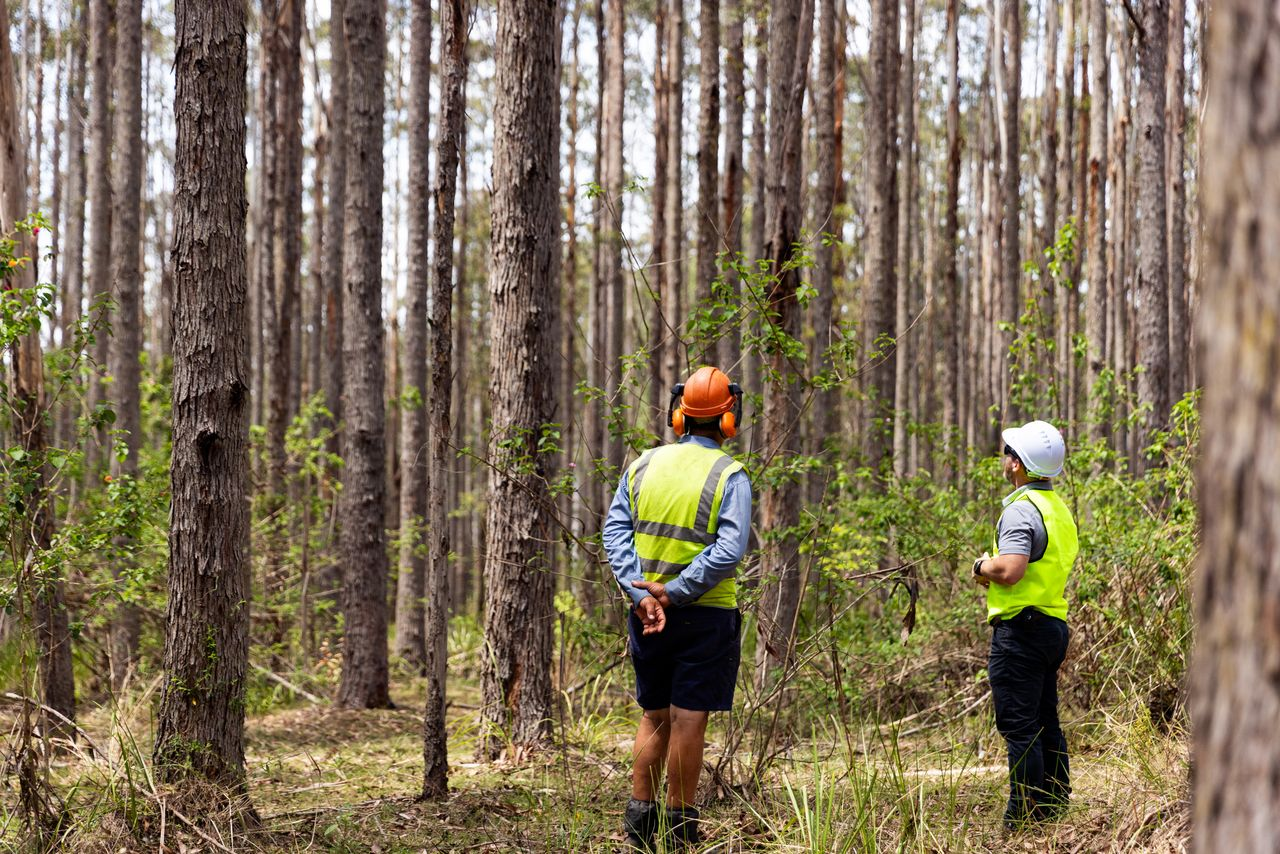
What’s the best thing about your job?
The independence and peacefulness. I enjoy working for myself and being in the bush there’s nothing better: the smells, the seasons, the fresh air.
What are some of the challenges?
Weather is the biggest one. Wet conditions can stop work altogether, tracks become too difficult to maintain, heavy machinery isn’t safe, and moving large logs on wet slopes can be dangerous. Sometimes even 20 or 30 millimetres of rain over a few days can be enough to halt operations.
Second to that is the industry politics. It often feels like we’re one decision away from being shut down, despite working sustainably.
What types of properties have you worked on?
I’ve worked on them all. From small coastal properties to highland country, each property and forest is unique. I’ve never found two forests the same. Those on the coastal strip and foothills often have the steepest and rockiest terrain. Making higher altitude country the properties of choice as they are both cooler and easier to cut.
What’s the most interesting thing you have found in a forest?
You name it, I’ve probably seen it! A lot of things unfortunately get dumped in our forests, from discarded furniture and electricals to stolen cars and old junk. I’ve been surprised with the number of marijuana crops we’ve come across growing in Northern NSW, along with the huge number of abandoned mine shafts, both of which you need to keep your wits about.
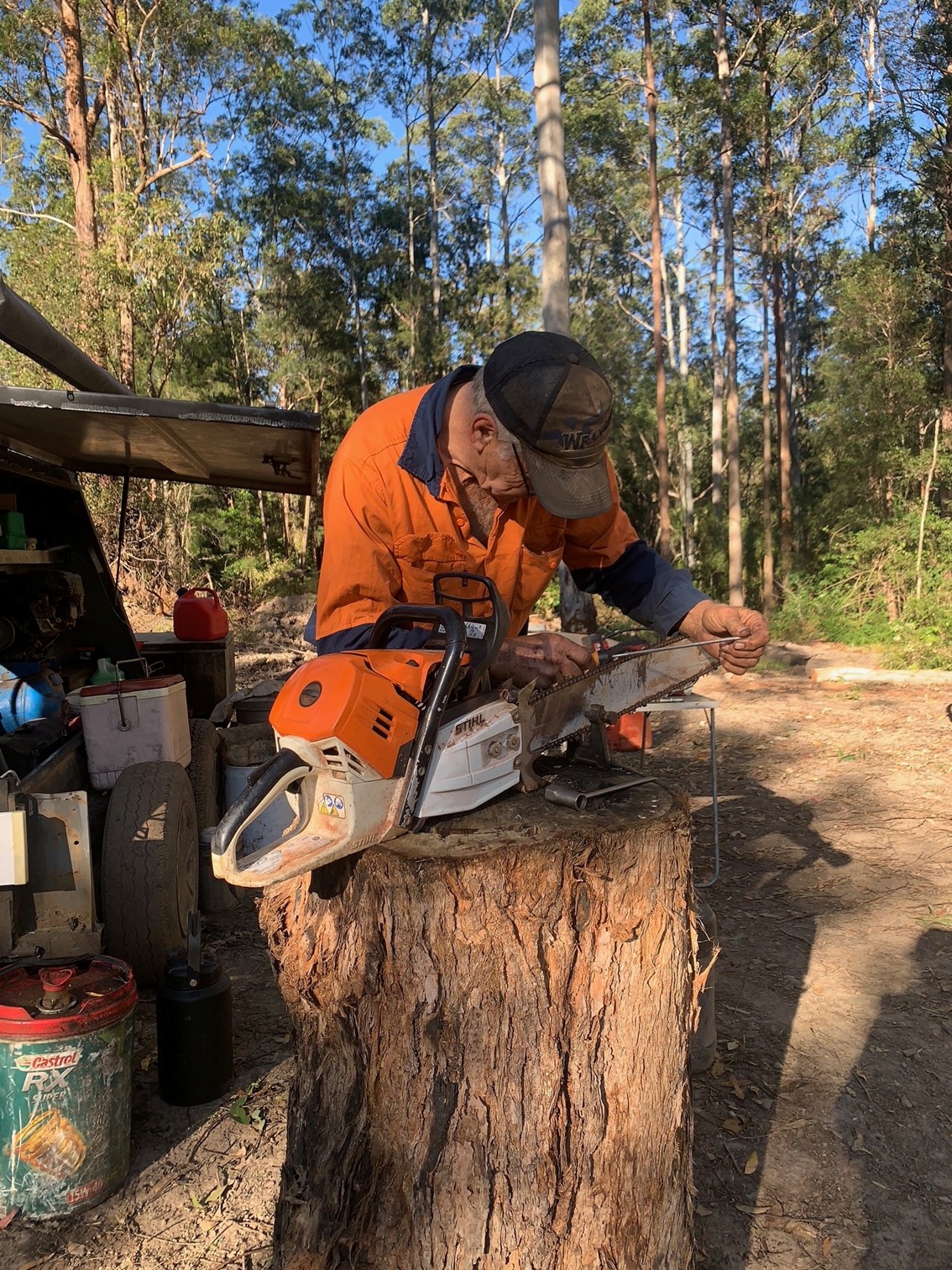
What makes for a successful logging operation?
When everything runs smoothly. The weather conditions are right, the work is safe, the forest is left healthy, and the landowner is happy.
What do you think the future holds for the Australian timber industry?
That’s hard to say. We’re always under pressure, but my hope is that the industry is recognised for its long-term sustainability. People sometimes forget how essential timber is. During Covid lockdowns, the timber industry was declared an essential service. That says a lot.
What is your advice to landowners of a private native forest?
There are no silly questions, I promise! We’re a friendly bunch, and we want landowners to feel confident about the long-term health of their forest. A well-managed forest is always healthier and more biodiverse than one left to fend for itself. Walking your forest with someone like Siman means you will learn to spot the risks and opportunities, and make sure your forest is both productive and sustainable.
Can you sum up your feelings about working with Sustainable Forest Management?
I’m appreciative of the collaboration and support SFM provide. They look after landowners, they look after us contractors, and everyone benefits as a result.
Final Thoughts
Logging contractors like Garry play a vital role in keeping Australia’s forests healthy, productive, and resilient. With decades of experience, deep local knowledge, and a commitment to stewardship, contractors are the vital link between landowners, communities, and the forests themselves.
After more than four decades in the bush, his commitment remains strong; to the forests, to the landowners he works with, and to the people who rely on timber every day.
If you’re a landowner with a private native forest and want to understand how sustainable forestry could work on your property, get in touch with the team at Sustainable Forest Management. Our experienced contractors and forest managers can help you unlock the full potential of your forest for today, and for future generations. Give us a call today on 1300 367 378 to get started.
